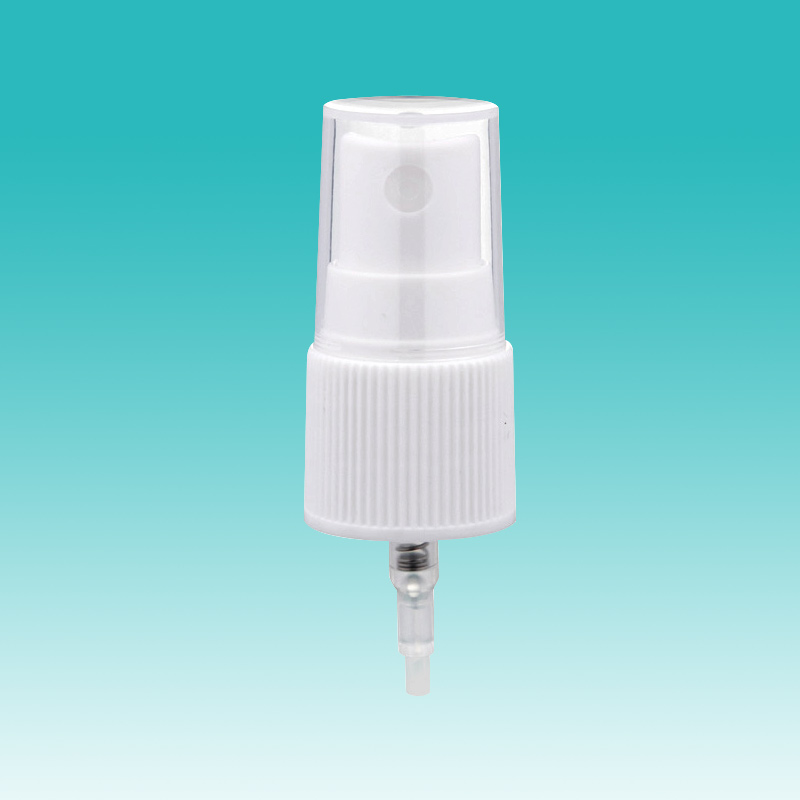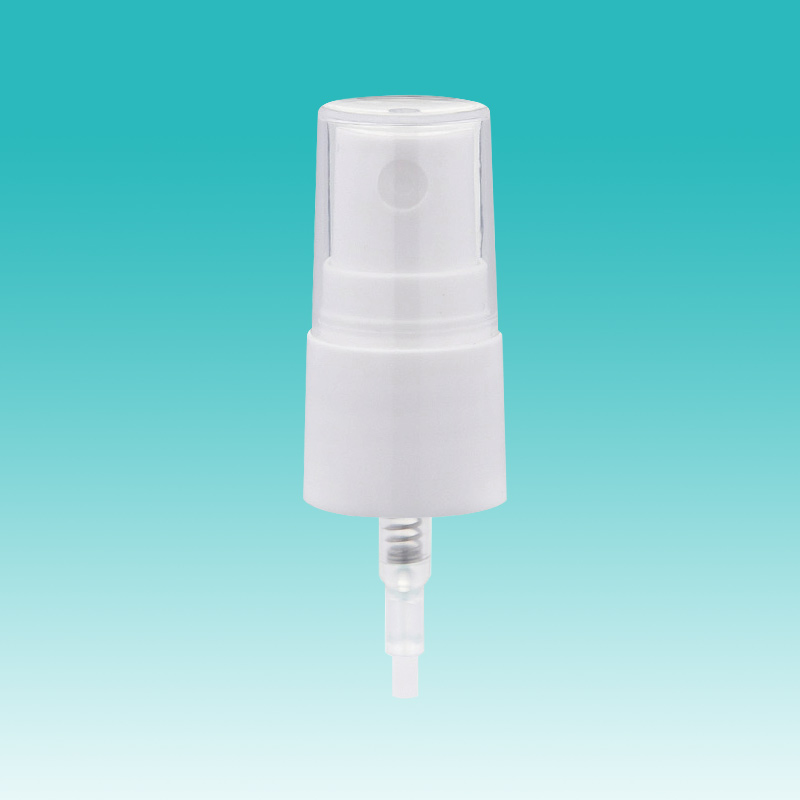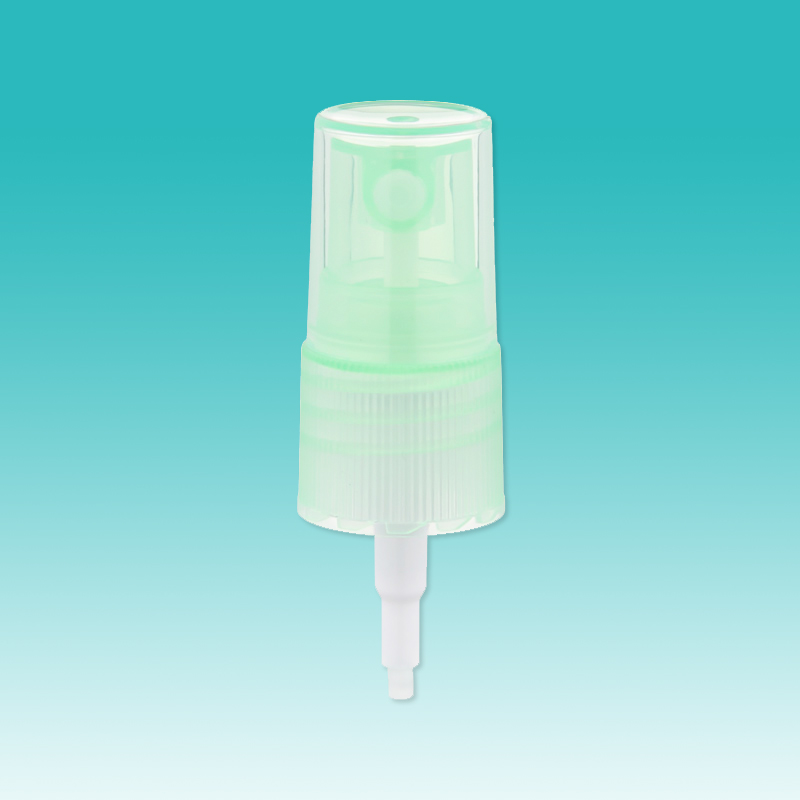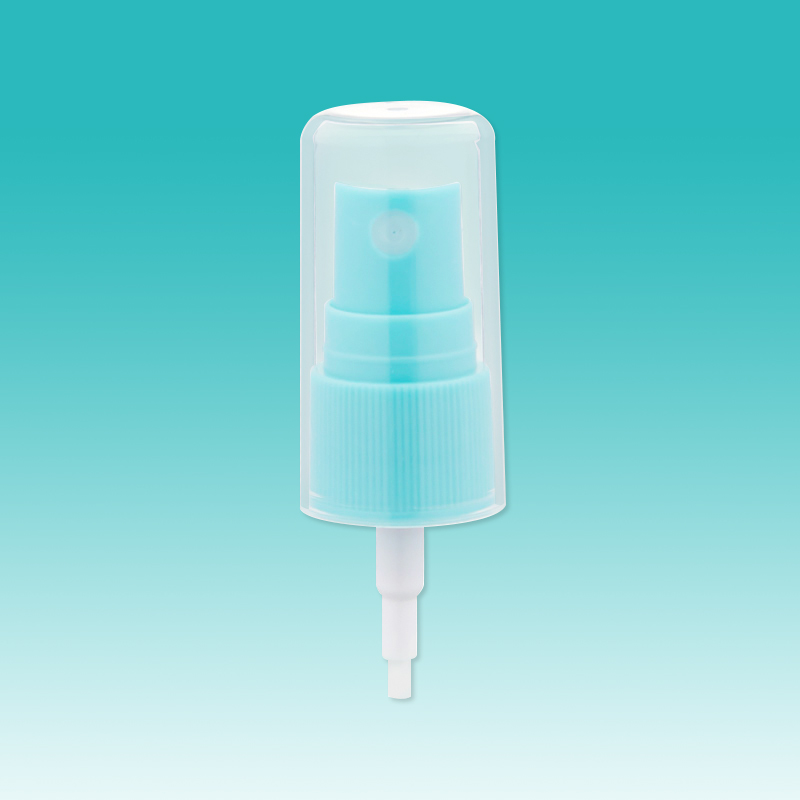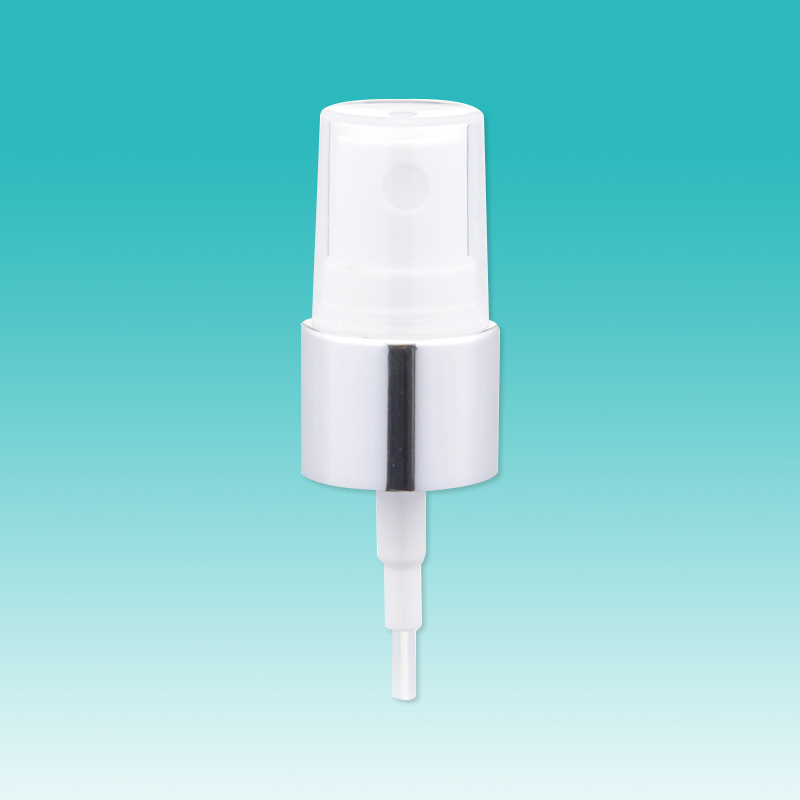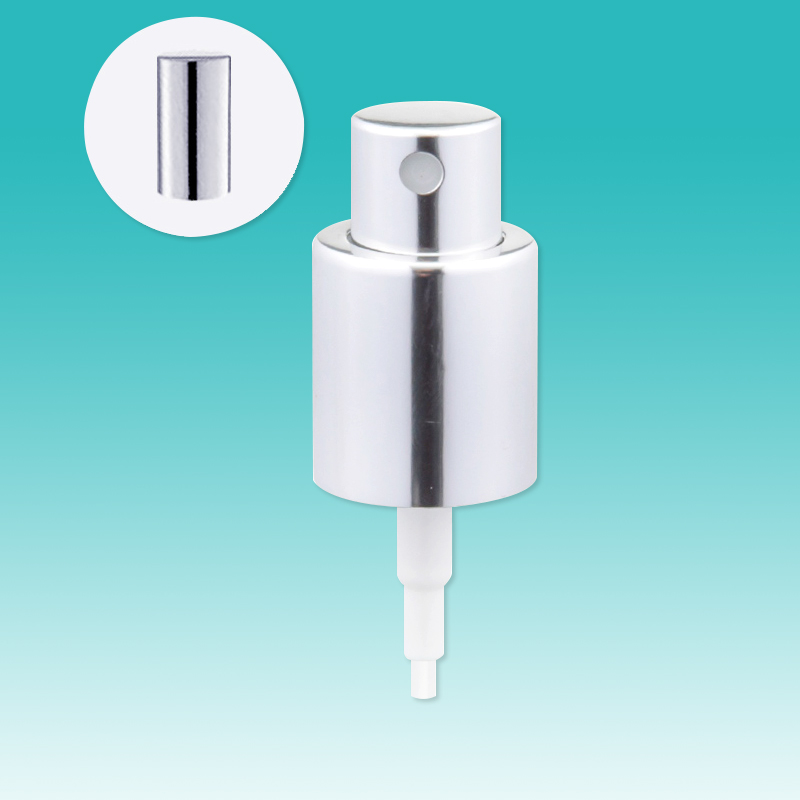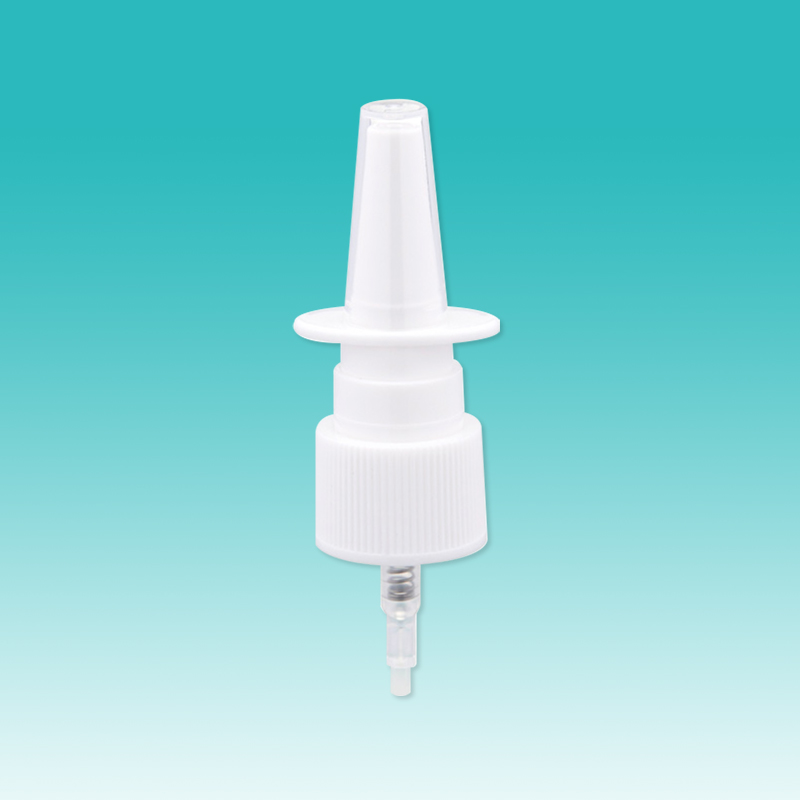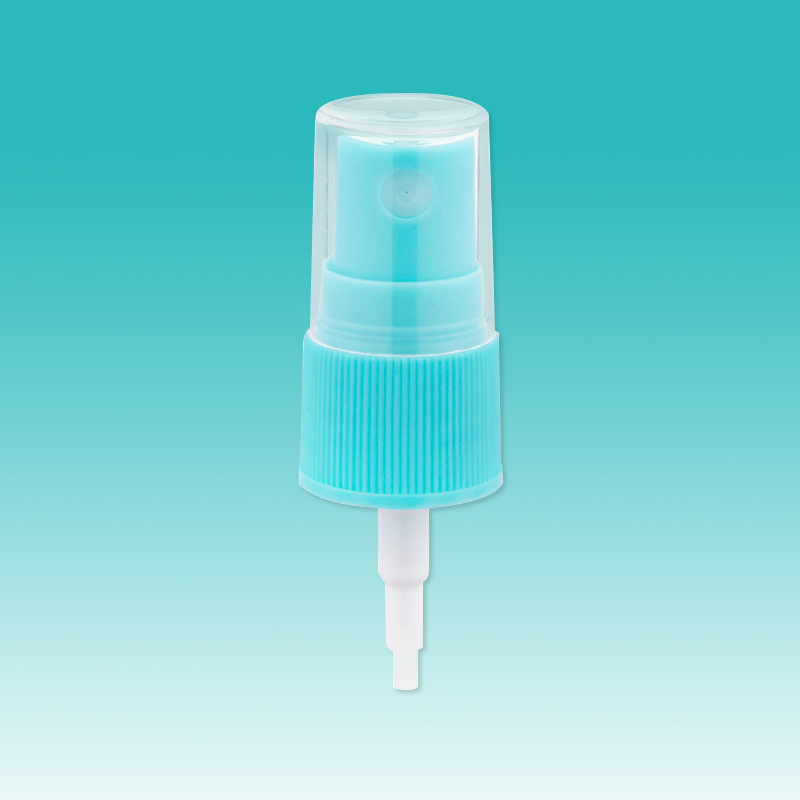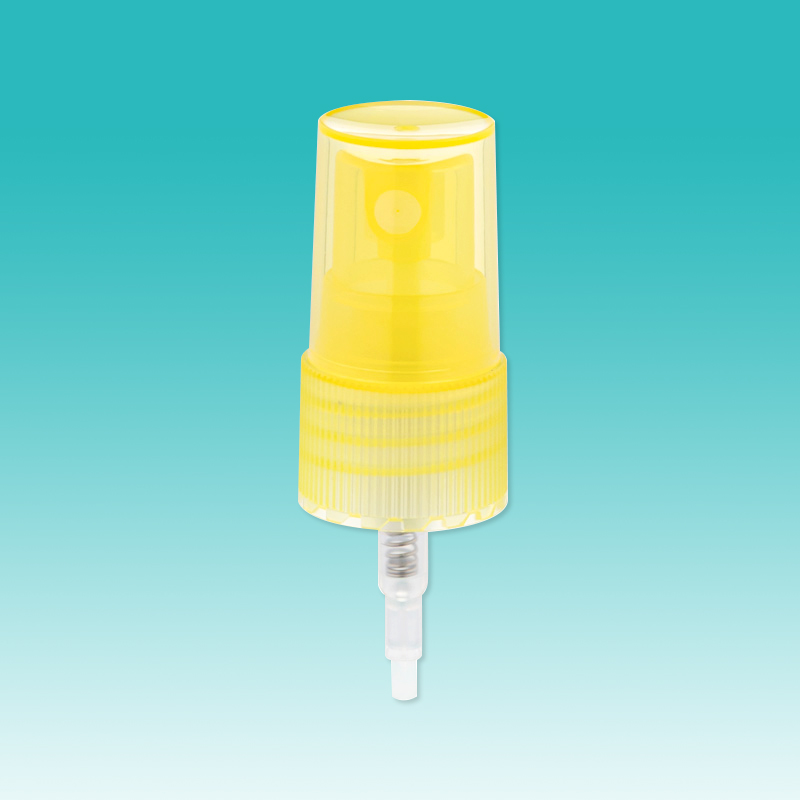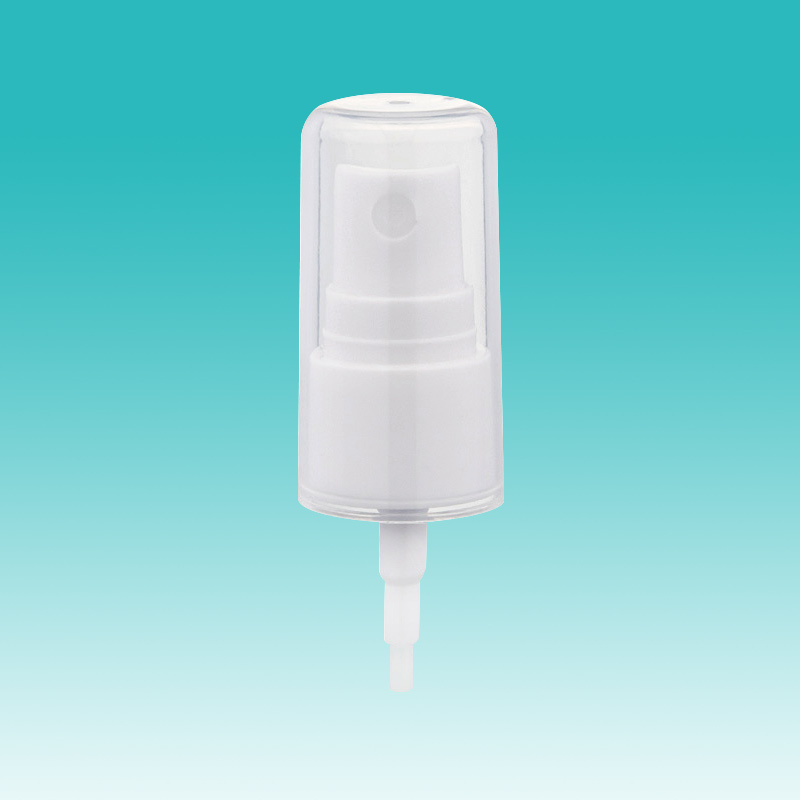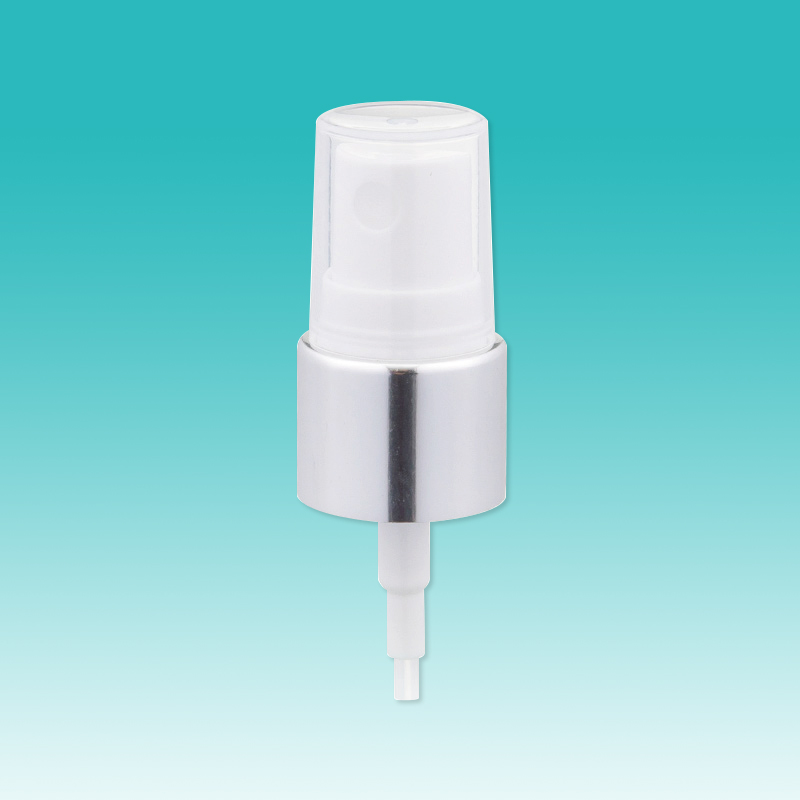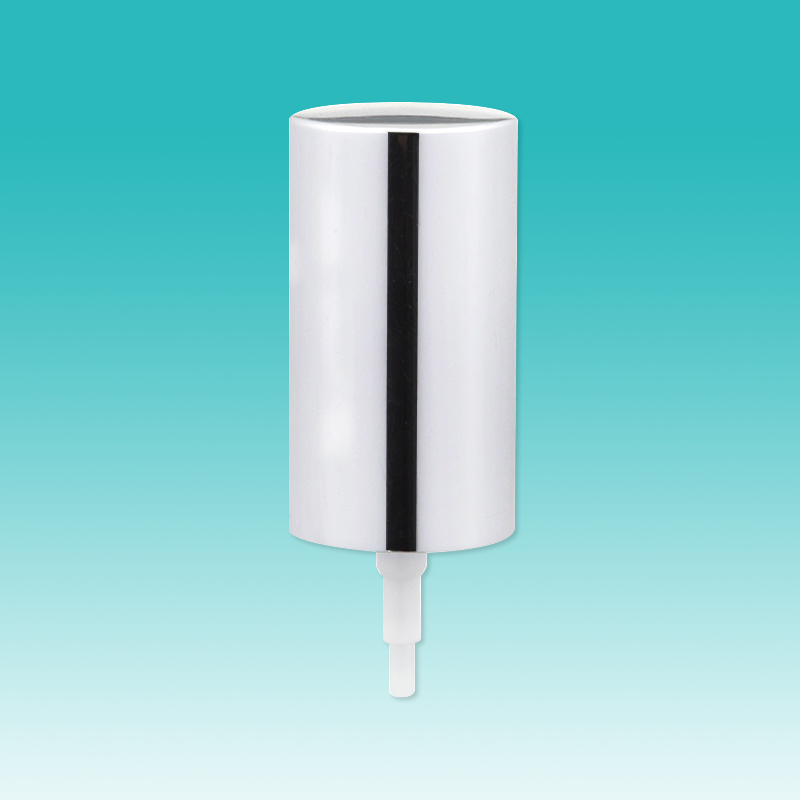Sprayer pumps differ in terms of pressure and flow rate based on their design and intended use. Here are some key points to understand the differences:
1. Pressure: Sprayer pumps can generate different levels of pressure, which is measured in pounds per square inch (psi). Higher pressure pumps are capable of delivering a more forceful spray, making them suitable for applications that require a long-distance reach or the ability to penetrate dense foliage. Lower pressure pumps are typically used for more delicate applications or when a gentle misting spray is desired.
2. Flow Rate: Flow rate refers to the amount of liquid that the sprayer pump can deliver in a given period, usually measured in gallons per minute (GPM). Higher flow rate pumps can cover larger areas more quickly, which is beneficial for applications that require efficient and fast spraying. Lower flow rate pumps are often used for targeted spraying or when a controlled application is necessary.
It's important to note that the desired pressure and flow rate will vary based on the specific application. For example, agricultural sprayers may require higher pressure and flow rates to cover large fields, while smaller handheld sprayers for residential use may have lower pressure and flow rates for more precise and controlled spraying.
When selecting a sprayer pump, it's crucial to consider the requirements of your application to ensure the pump's pressure and flow rate align with your needs. The manufacturer's specifications and product descriptions should provide information on the pump's performance capabilities.
Plastic PP 20/410 mini trigger with clip
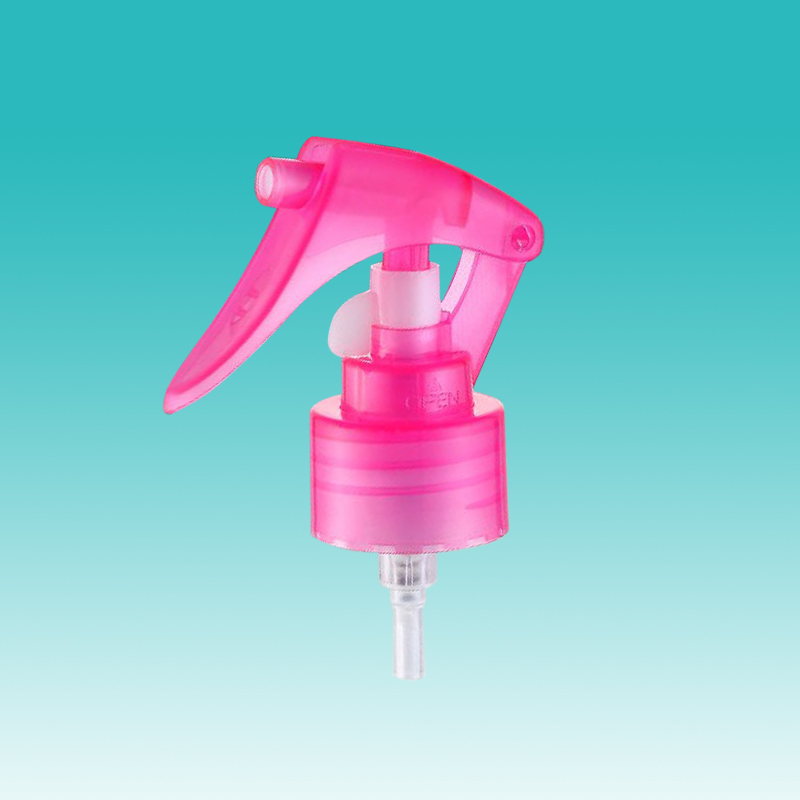

 English
English عربى
عربى Español
Español 中文简体
中文简体
